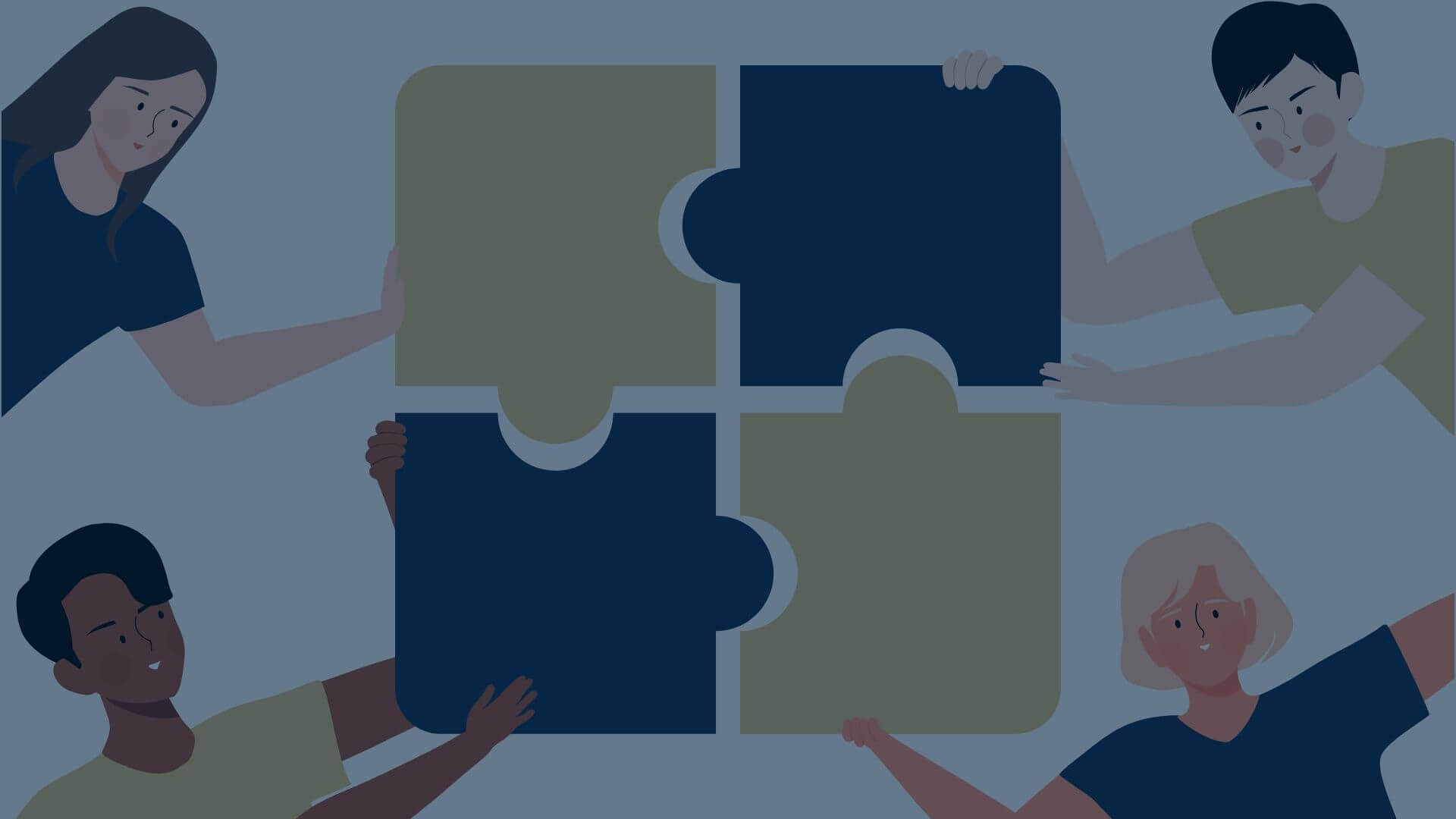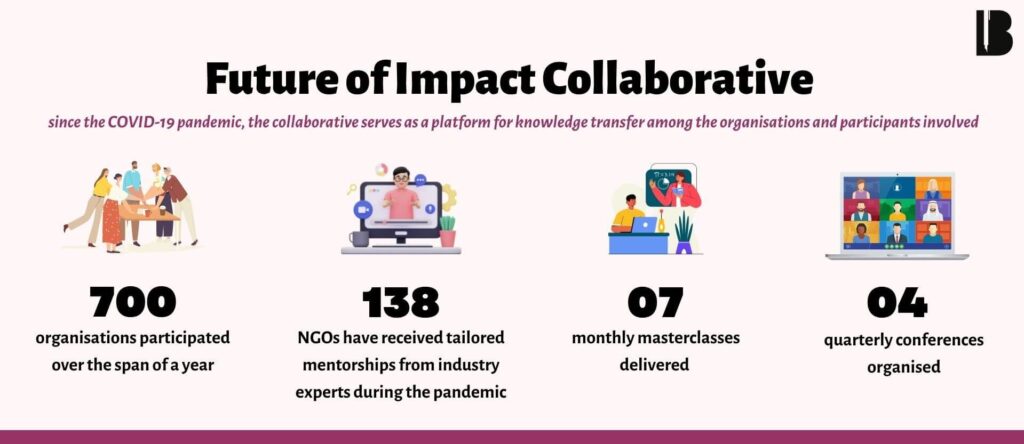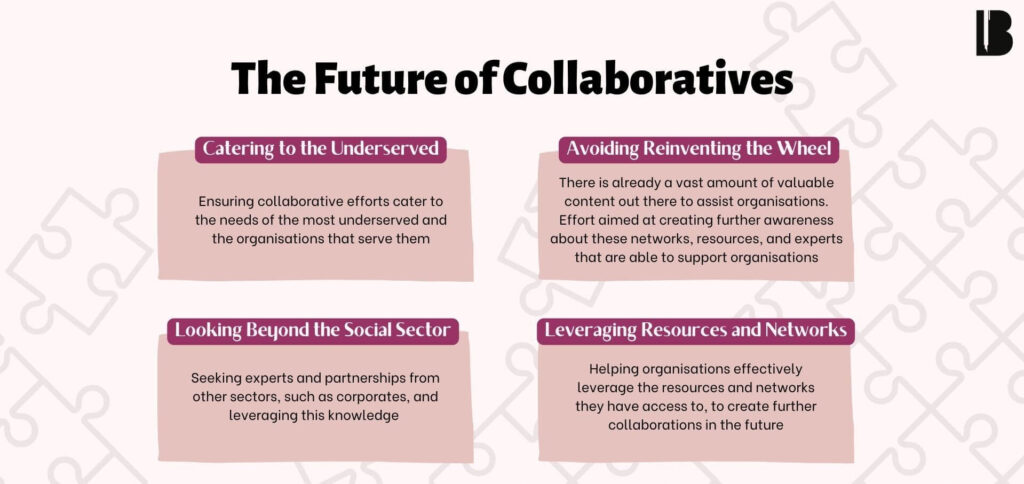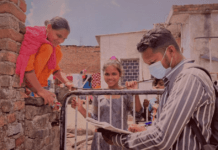In 2020, the COVID-19 pandemic surfaced in most parts of the world, including India, and changed how people, communities and organisations function. There is possibly no organisation, especially in the non-profit sector whose operations were affected by the COVID-19 pandemic. Most non-governmental organisations (NGOs) had clear strategies in place to deal with the day-to-day struggles faced by those in need.
NGOs assisting migrant workers in achieving decent working conditions had to pivot their mission focus and were now tasked with getting them safely home to their rural villages. NGOs providing safe spaces for women facing violence in their households had to adapt their on-ground operations to factor in lockdowns. NGOs that made education accessible for children had to figure out how to secure the resources required to deliver online learning to those living in villages without the internet. But how would these strategies adapt to funding constraints, lockdowns, and widespread illness?
How the Pandemic Inspired a Collaborative
In 2020, Dr Nandita De Souza, the Director of Sethu, a Goa-based child development and family guidance centre, found herself sitting down with the management team, to revise the organisation’s budget. This pandemic caused them to seriously consider significantly reducing their Corporate Social Responsibility (CSR) grant projections.. With rampant job losses and economic uncertainty worldwide, which organisation would be spending big on their CSR commitments?
Fortunately, serendipity was on Sethu’s side. In April 2020, Future of Impact (FOI) Collaborative hosted a conference for NGOs such as Sethu. FOI is a group of social sector intermediaries who came together at the start of the pandemic and initiated this collaborative. The intention of the initiative was to enable information sharing on the “on-ground situation” and provide NGOs such as Sethu with the tools to respond urgently to the unfolding crisis.
After participating in this timely conference, Sethu quickly established a Crisis Management Think Tank (CMTT), a group of like-minded professionals of varied backgrounds and CSR funders. The team at Sethu took the advice of the members of the CMTT who guided and informed them about the ongoing developments in the sector and how this could help them sustain the organisation’s work. While the pandemic created havoc for most sectors and led to financial woes, several industries such as the pharmaceutical industry boomed. For NGOs, It was a matter of identifying the right funding opportunities and pivoting towards them. During 2020-21, Sethu Sethu ended up obtaining the most CSR grants in the organisation’s history.
Sethu did not struggle alone, instead chose to collaborate with others and came out stronger on the other side. Given the magnitude of these challenges, and their widespread impact, collaborating to design and implement solutions to these problems is the practical way out. When there is a lot to learn, and a lot to learn quickly, it is best to share information and lean on the knowledge of those around you.
Why Do Collaboratives Matter Now More Than Ever Before
A collaborative, particularly in the context of the development sector, is an opportunity for information-sharing and problem-solving when faced with a common problem. Effective collaboratives rely on multi-flow communication between the organisers and participants.
This support has now moved to a longer-term focus with the collaborative bringing together social sector intermediaries from diverse areas of expertise to ensure that NGOs across the country have access to the tools and expertise that they need to continue navigating the post-pandemic environment successfully. The FOI delivered this support through conferences, masterclasses, and mentorship.
The FOI Collaborative was successful in its reach pan India and ultimately led to the creation of a large support network for those involved. Initiatives such as the mentorship program allowed for the direct exchange of ideas and the building of strong networks. The effectiveness of the FOI collaborative has been the opportunity for knowledge transfer among the organisations involved.
Two years on, like many, FOI is relishing the opportunity to build reactive responses to the pandemic into long-term strategies. Collaboratives are hugely valuable in both times of crisis and as long-term tools. While the FOI Collaborative served the needs of the hour, here are five key learnings from the past two years on what collaboratives could do to be effective going forward.
Ensuring Diversity, Inclusivity and Accessibility
While diversity mainstreaming remains an emerging concept for many sectors, it is important that consideration is given to the accessibility needs of organisations within the collaborative from the outset.
In particular, failure to take into account the differing operational languages of participating organisations means that the reach of your collaborative work may not be as impactful as intended. Ensuring the collaborative has linguistic resources available to communicate information more widely helps in overcoming the language barriers. Special care should be given in ensuring the collaborative is disability inclusive, especially for people with hearing or visual impairments who can access content. Zoom now has a function that allows closed captions during live meetings. In the same vein, reasonable variety in urban versus rural organisational participants, conference speakers, and mentors makes sure the collaborative can benefit from diverse approaches and perspectives.
The nuts and bolts of how collaborative functions also need to be accessible for all—consider what platforms will be used and how information will be disseminated in the event of electricity outages, technical failure, and more. Thinking deeply about how to communicate collaborative events to those who do not have access to emails or are not active on social media could go a long way in attracting good participation. Organisations who often serve communities that need assistance the most are not necessarily present or active on social media platforms, and at times, have poor internet access.
Encouraging Multi-flow communication
The purpose of most collaboratives is to keep work at the grassroots and ensure open communication channels, from the ground to the office and vice versa. Collaboratives should not operate as a two-way communication flow—from the collaborative creators to the collaborative receivers and vice versa—rather a multi-way flow.
Rather than just becoming a knowledge partner for the organisations supported in the collaborative, participating organisations should be encouraged to collaborate and build networks with each other to foster multi-flow communication. This approach allows for a manifold learning to be shared and create a space for communities to be formed.
Expanding the Scope of Accountability
In a crisis, documentation continues to be important as it helps inform accountability. Getting the basics right and making sure resource materials across the collaborative are routinely collected and stored appropriately. Then, think about the long-term potential and longevity the information being collected has and document it accordingly. The notes from a video conference may be best turned into an article for industry wide publication or a mentor workshop could be translated into a set of general guidelines and disseminated wider than just the attendees.
Collaboratives typically centre around meaningful reach and having documentation that can be spread long after the official collaborative period is over is an effective way to achieve this. Simple meeting notes do not have the replicability needed to achieve this reach, but industry reports, guidelines, and learning modules do.
Sustaining Collaboratives and Their Impact
Interventional support, such as what Future of Impact (FOI) collaborative was initially set up to provide, could be outcome-oriented. This can be done through identifying ways in which on-going support, both from the collaborative and from peers, could be provided rather than short, sharp bursts of intensive support.
Organisations often struggle in identifying their growth areas, and figuring out how to get focussed support they need from collaboratives. Helping the organisations identify this early on will help them succeed in the long-term. Ideally, collaboratives should have, both short-term and long-term goals, and activities should be implemented based on these goals. From time to time, reflecting on what messaging and information needs to be imparted in the short-term to make the long-term impact feasible is useful. In terms of ongoing support, setting up helplines or peer groups for longer term engagement beyond the collaborative period is a valuable way to ensure the sustainability of the collaborative.
Knowing When to Go Wide and Deep
When setting up a collaborative, there is usually a tendency to go wide with reach rather than going deep. Going wide with reach may be appropriate in times of crisis such as the response to the COVID-19 pandemic. However, when looking to set up a collaborative more generally, organisations need to ensure that while reaching a wide audience a balance is met in providing them with the depth of support required. Bandwidth and resources are always going to be limited, so analysing the costs and benefits of wider reach versus in-depth support will help in strategising.
The Future of Collaboratives
The Future of Impact (FOI) collaborative came to life as an immediate response to the pandemic. It took time to evolve and create a detailed approach, which was lacking from the start, to reach the present stage. Looking at the future, and building on what has been learned, there are several areas that will continue to be paramount for the sector.
It is vital to consider and incorporate these learnings and experiences in everyday practices to sustain the impactful work organisations are engaged in. Collaboratives are not easy to get right, but when implemented effectively, they can be a hugely impactful tool for organisations. While many of us, especially in the non profits space, have set up crisis-response style collaboratives in recent years that serve the need of the hour, let us seek to incorporate this tool in the long-term too.
Featured image is a graphic showing people from varied backgrounds and diversity coming together, forming a collaborative, to solve a puzzling problem.








